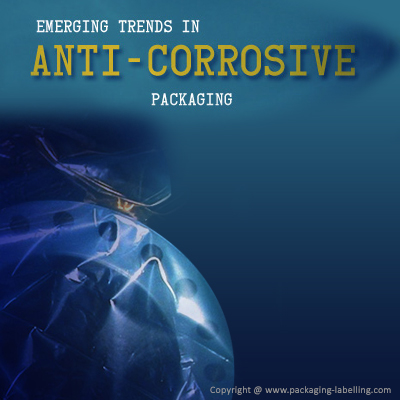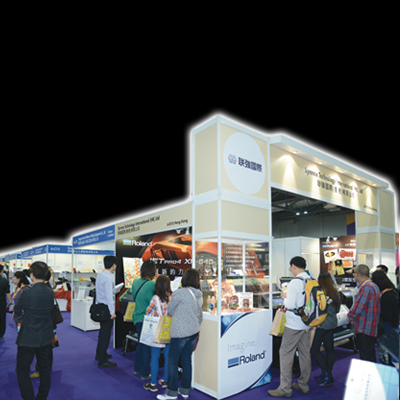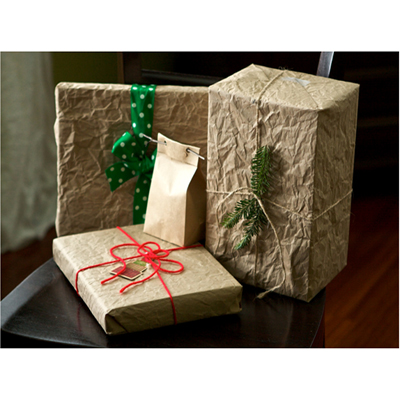Emerging trends in Anti-Corrosive Packaging

Anti-corrosive packaging is an upcoming trend specially in the manufacturing sector. This rising demand has led to serious competition among the packaging companies as they are coming up with latest improvements in the market.
Corrosion is defined as the deterioration of a material as a result of an electrochemical attack from its environment (oxidation). When corrosion is caused by an electrochemical reaction, the speed at which it takes place depends to a certain extent on the temperature, the salinity of the fluid in contact with the metal and the properties of the metals in question. Other non-metal materials can also be corroded by other mechanisms.
Goods transported in shipping containers are exposed to extreme humidity, salinity and temperature conditions. The only way to control oxidation is by insulating the goods from this destructive environment.
The first step for protection is to wrap the products in reflective polyethylene, which prevents the exchange of air between the packaging and the container. In addition to protecting the goods from external humidity, this material functions as a thermal insulator, preventing increases in the temperature of the air inside the packaging as well as possible condensation of humidity.
Humidity is not only external. Inside the packaging there may be humidity from the goods themselves or from their container or packaging. Therefore, we add silicate desiccants to our protection system, which function as oxidation inhibitors, retaining humidity released from the materials inside the anti-corrosion packaging.
Products can go through many changes in climate during transportation. Temperature fluctuation can be a significant factor in the formation of condensation, leading to corrosion. Silica gel or activated clay desiccant sachets absorb moisture vapour and prevent condensation from forming. Both remain dry, even when maximum capacity is reached. Sachets can be branded and filled to a bespoke level, as required.
Container desiccant bags hold an absorbent mixture of specially formulated materials for use within sea, truck and air shipment containers. As the container moves through different temperature and humidity changes, desiccant granules detect this and work faster or slower to ensure that dew-point is never reached.
VCIs protect both accessible and inaccessible metal surfaces from attack by corrosion accelerating agents such as moisture, salt air, airborne acids and contaminants. They provide clean protection that produces no residue or aroma and has no effect upon the electrical or mechanical properties of the product.
Paper and polythene are the most commonly used format of VCI. The format applied will depend upon the metal type, product shape, duration of protection and whether the VCI will be required to protect from abrasion & shock damage as well as corrosion and the climatic conditions.
Barrier foil protects moisture-sensitive products from corrosion during transit and storage. It also protects products against damage from biological sources, ultraviolet light, acids, alkalis and odour transfer.
The foil, typically, comprises of 3 layers of material. The first is usually made of polyester or non-woven polyester that both waterproofs and adds strength to the foil. The second is an aluminium layer that acts as a barrier against water vapour transmission and gasses. The third is a polythene ply that enables the foil to be heat-sealed. Heavy-duty grades of foil often have a double layer of polythene for increased strength.
Barrier foil has a water vapour transmission rate which is 20 – 80 times lower than commercial polythene. Therefore, the amount of desiccant required in a packing process should be proportionally lower, thereby, saving on costs.
The anticorrosive plastic packaging materials for protecting iron, aluminium and alloys of these metals against corrosion comprise synergistic mixture of contact-vapour phase corrosion inhibitors containing salt or salts selected from the salts of ammonium and alkali metals or alkaline-earth metals derived from benzoic acid and/or nitrous acid and 1,3-benzodiazole and/or its 1-methyl derivative and 1H-benzotriazole and/or its methyl derivative and amorphous silicium oxide. As the anticorrosive plastic packaging article are predominantly used films or packaging products made of film, containers, either of mono- or multi-layer construction, wherein in case of multilayer packaging articles the synergistic mixture of contact-vapour phase inhibitors is with advantage added to the layer or layers closer to the article to be protected.
Polyair, a leader in the North American protective packaging market, has announced the introduction of the VCI-2000(TM) line of Volatile Corrosion Inhibitors (VCI's) packaging. This product launch is the result of Polyair's joint venture with Grofit Plastics, a leader in the design and manufacturing of anti- corrosion films and packaging. VCI-2000(TM), represents a complete packaging product line of VCI's that have changed the automotive and steel industries by switching from older traditional corrosion prevention systems to an environment friendly and economical VCI packaging system which protects the exterior and hard-to-reach interior surfaces of metal parts.
VCI-2000(TM)includes, Polyair's complete line of anti-corrosive VCI packaging products includes: -- VCI-2000 Bags, Zipper bags, Gusseted Bags and Shrink bags, VCI-2000 Sheeting and Tubing for automatic packaging machines, VCI-2000 Embossed films for bearing packaging, VCI-2000 Emitters, Powder Packs, Foams and Wire to provide corrosion protection.
Another major development in the packaging industry is by Cortec Corporation. This company’s Vapor phase Corrosion Inhibitor (VpCI) technology represents a breakthrough solution in corrosion prevention. The world's most advanced and widely utilized packaging film, Cortec® VpCI®-126 Blue is now available in a 100% Degradable version. Conventional Packaging PE film can take centuries to degrade if ever. In contrast, when 126 BIO film comes into contact with organic materials during disposal, its microbial activators start the process of degrading the film into basic organic elements such as water and carbon dioxide. The new VpCI®-126 BIO versions is very competitively priced to allow companies using older technology films to easily upgrade to safer and more effective packaging.
The Patented Cortec® VpCI®-126 BIO Film employs the most advanced technology available for anti-corrosion packaging. VpCI-126 BIO is non-toxic; FDA approved, and does not contain nitrite-based inhibitors. With Cortec® Green Technology, metal products receive clean protection. Cortec® VpCI®-126 BIO Film provides multi-metal protection against humidity, corrosive gases and atmospheres that easily penetrate traditional packaging methods. It also protects against salt, condensation and moisture. It's advanced Cortec® VpCI® technology prevents all types of corrosion including rust, tarnish, staining, white rust and oxidation.
Recently, Sealed Air, a world leading provider of protective packaging solutions, has announced an exciting new agreement with German-based COMP trade Technologies; a company specializing in corrosion prevention technologies, to incorporate INTERCEPTS Technology into its expanding product range.
The agreement will see Sealed Air Europe become the first protective packaging manufacturer to combine INTERCEPT Technology with conventional packaging methods, passing on potential savings of up to 25 per cent to customers.
Anti-Corrosion packaging is quickly becoming an important trend in the marketplace and Sealed Air Europe prides itself on its ability to provide its customers with innovative and cost-effective packaging solutions.
Another latest trend in the packaging world is the use of Intercept technology. INTERCEPT technology was born from the restoration and protection efforts on the Statue of Liberty in New York. The technology was developed at that time by AT&T Bell Laboratories, first for their own use. It was later patented worldwide by AT&T Bell Labs, additionally by Lucent Technologies.
Now the technology finds its way into a wide range of products and application fields in order to ensure a robust and more secure protection against corrosion and ESD damage during transport and storage, thereby reducing, in some cases significantly, process costs for the end user.
Intercept Technology is a technological breakthrough into corrosion/static protection. Copper molecules have been chemically bonded to a polymer matrix, effectively creating a sacrificial anode out of the plastic/copper Intercept material itself. Intercept technology takes a different approach. Products that need corrosion/static protection are simply put into Intercept material and shrink wrapped or depending on the application, put into a bag and sealed. No coating is needed on a product that you need to protect.
These are some of the major changes that have taken place in Anti Corrosion Packaging world and we believe some more are yet to come.









